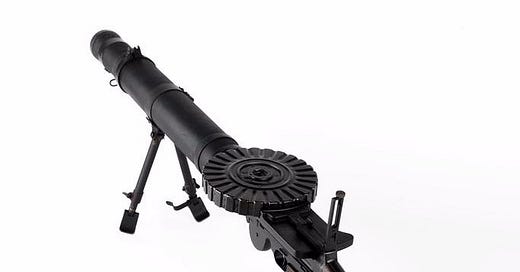Few people slept. Umu needed tendering for the feasting ahead. A woody fog from umu fires mixed with cooking food aromas. Mau uniforms were prepared. Political debate was always part of village life; now it was intense. Prayers were said. Instructions issued.
One estimate had it that 700 people began marching from Vaimoso that Saturday morning, 28 Decemb…
Keep reading with a 7-day free trial
Subscribe to Michael Field's South Pacific Tides to keep reading this post and get 7 days of free access to the full post archives.



